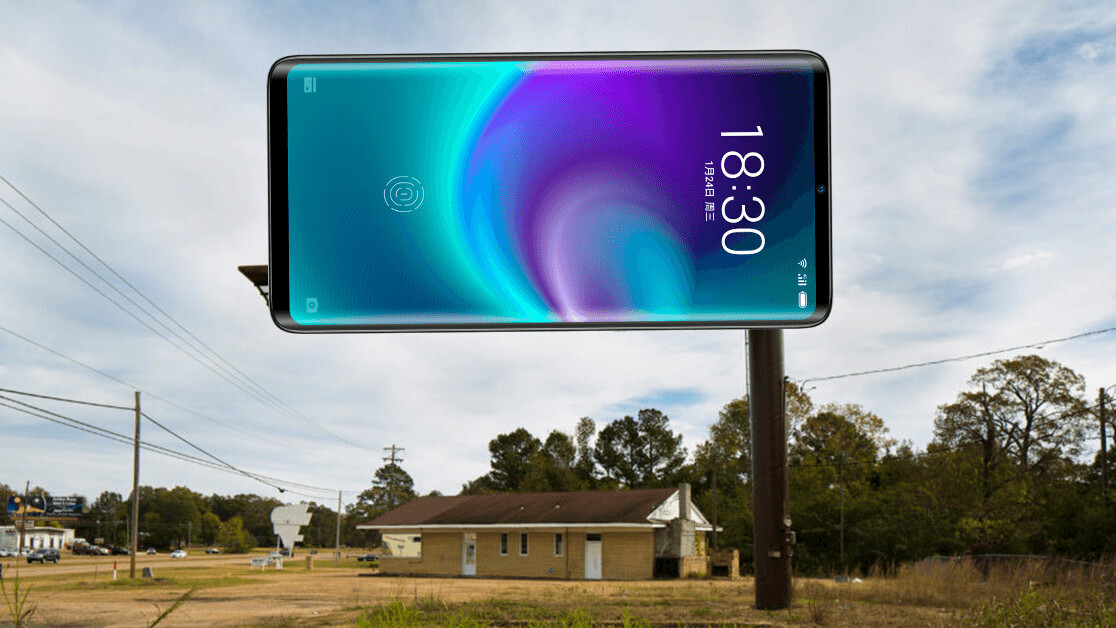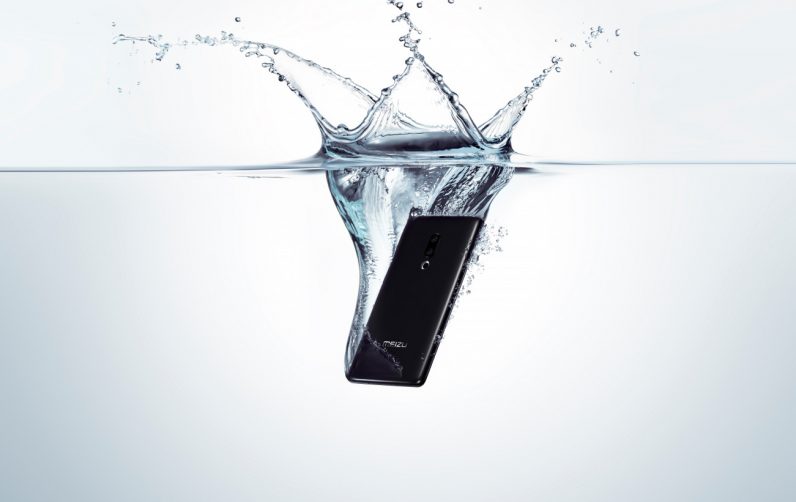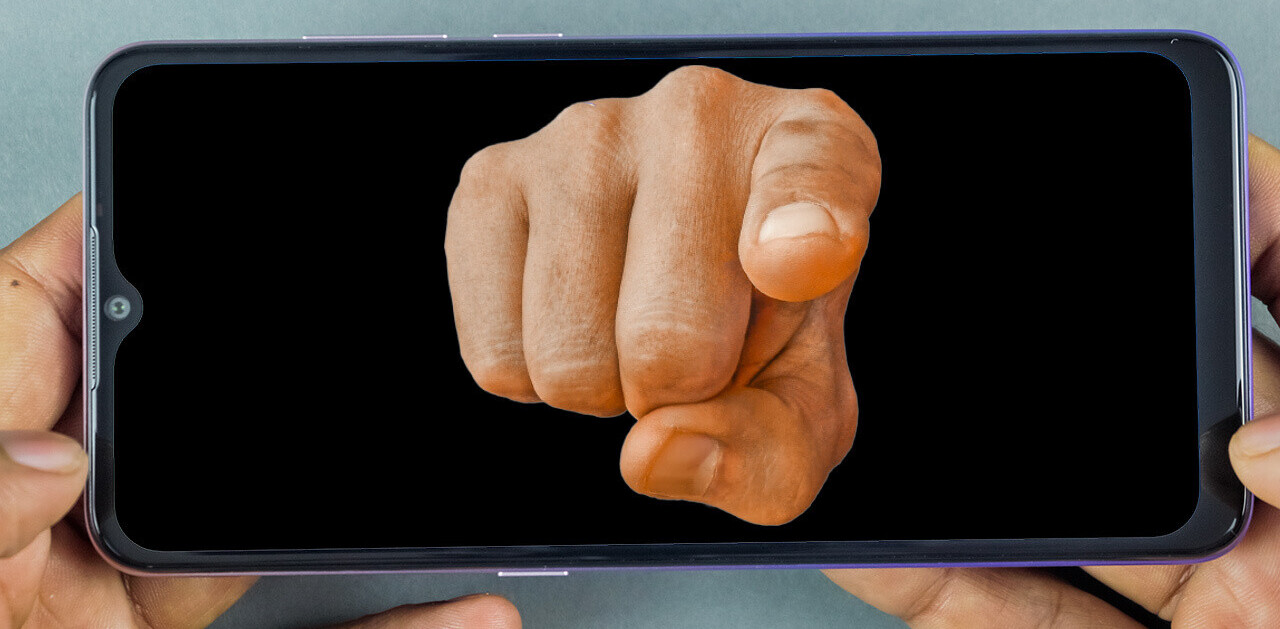
Did you hear about the Meizu Zero? Chillingly described as “holeless,” the device has made headlines for, uh, having no holes. This means no headphone jack, no speaker grills, and no slot for a SIM card. If you’re interested in details about the phone in general, we covered it here, but this piece has a different aim.
We want answers. Specifically, we want answers to these two questions : is the Meizu Zero feasible and is it the future of phones?
The quick answers? Yes and sort of.
So, is the Meizu Zero possible?
Honestly? I was dubious. On the press release I received there wasn’t even a launch date, which immediately made me suspicious. But instead of just rinsing the device for 500 words, I decided to ask a proper expert. I called up Daniel Gleeson, a senior analyst at Ovum who specializes in consumer electronic devices like smartphones, and tablets. He told me that that the Meizu Zero is “definitely feasible.” More fool me, I guess.
Gleeson pointed out that handsets with wireless charging and no headphone jacks already exist, while eSIM is “slowly, but surely” making its way into the market. This means that the Meizu Zero “holeless” (ugh) phone isn’t doing anything too out there.
This isn’t to say there aren’t serious problems with the phone though. Gleeson pointed out that eSIM adoption is “pretty terrible,” particularly in China, which is Meizu’s main market. Why? Because eSIM isn’t supported by any of the operators.

When you consider that Apple’s eSIM-ready iPhone is only supported by a dozen or so networks worldwide, it becomes clear how limited the potential use of the Meizu Zero is. I mean, if Apple are struggling to make eSIM happen, what chance does Meizu have?
And all this is to say nothing about what the company has called “In-screen Sound Technology,” a feature that “allows [the phone’s] display to function like a speaker.”
And… could that screen speaker actually work?
Gleeson said that he’d like to “see a teardown” before he passed final judgement on the tech. Still, there are some clear issues. One is sound quality, but his main concern is more important: how will this feature impact the durability of the screen itself?
If the “In-screen Sound Technology” works by passing vibrations through the display – which it appears it does – then this will very likely cause structural and fragility problems. To be fair to Meizu, this is something it could’ve worked on behind the scenes and perfected. But, somehow, I kinda doubt it.
This “holeless” design sounds very Apple (apart from the name), could this be the future of iPhones?
My gut reaction was “yes, a million times yes.” I thought this could happen in five or so years, but Gleeson was less certain. He told me he could imagine it being mainstream in the future, but pointed towards the difficulty Apple has had in simply removing the headphone jack. Could you imagine how many thinkpieces and petitions would be launched if Apple got rid of speaker holes? Or SIM cards? Or a slot for a charging cable?
This last point is of particular interest. Gleeson said the “expense of wireless charging” is a major obstacle for a company like Apple launching a “holeless” (no more) device. Specifically, this is because shipping out a charging pad with a phone is much costlier than using a cheap cable.
This means five years is far too soon for Apple to release a device like this. It might happen one day, but it’s a way off.
What does the Meizu Zero say about the future of phones then?
It’s less about the far-off technological implications and more about how companies approach their publicity. Globally, phone sales are slowing, which means manufacturers have to do more to stand out. Meizu hasn’t had the best few years and Gleeson believes the Zero’s announcement has the feel of a product made to create a “PR splash,” rather than one designed to sell millions of units.
The idea is that Meizu can turn the interest in the Zero into “sales of other devices,” which makes a lot of sense.
Over the next few years, Gleeson expects to see phone makers “trying very different things to get people’s attention.” In some cases, it’s already happening – just think about the bizarre Doogee modular phone or even Samsung’s foldable device.
Sum this up for me, bud
Of course. The Meizu Zero is unlikely to see a wide release, but it has probably already done what it was meant to do: get people talking about the company. While it’s an interesting device, we’re a long way off from much of this technology being bundled together in a mainstream phone.
What we are bound to see though is lots of phone companies making experimental devices in this vein in order to get the public’s attention. We’ve all got that to look forward to.
Oh, and one final thing, let’s stop calling this type of design “holeless?” Gleeson suggested “fully encased,” while I enjoy my editor’s suggestion of calling them “slablets.” You be the judge.
Get the TNW newsletter
Get the most important tech news in your inbox each week.



